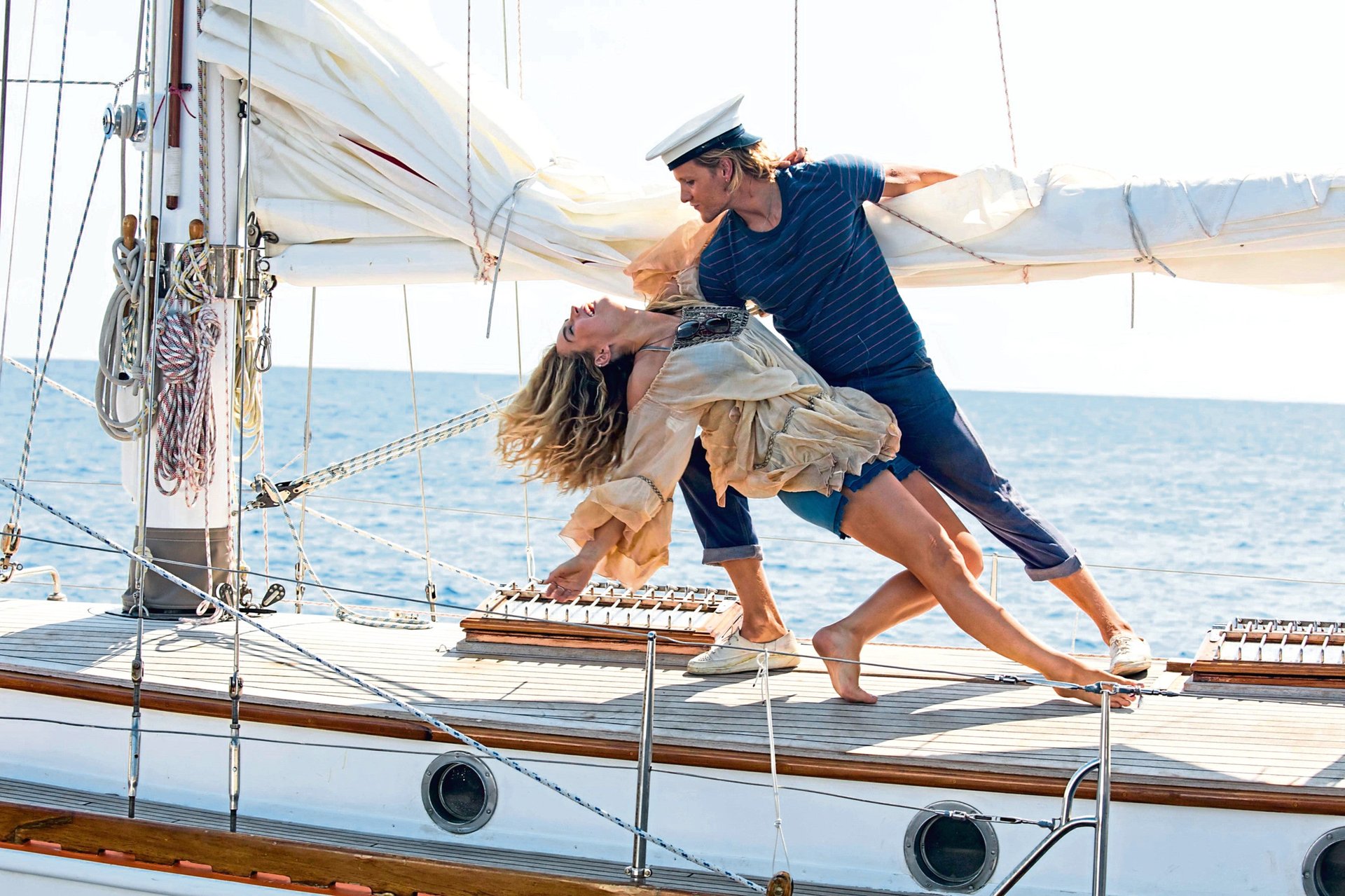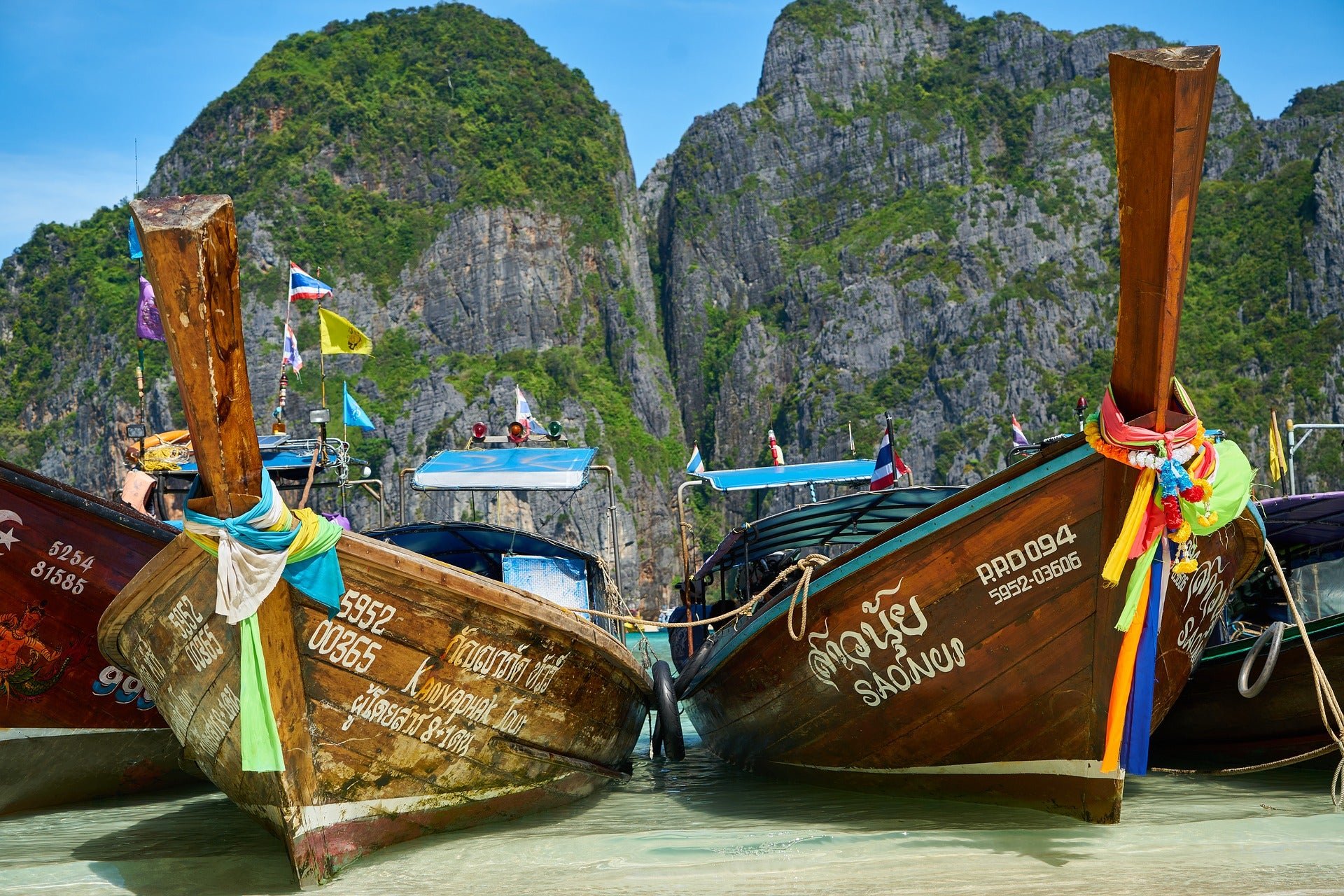A small island in Croatia is about to feel the “Mamma Mia” effect
The ABBA-inspired sequel to Mamma Mia! is filling cinemas around the world. But the film’s location—the small Croatian island of Vis—should now also expect to attract high numbers of visitors. The inevitable increase in inbound tourists visiting the film’s coastal backdrop will become the latest example of film-induced tourism—a phenomenon which describes the way people flock to visit film and television locations.


The ABBA-inspired sequel to Mamma Mia! is filling cinemas around the world. But the film’s location—the small Croatian island of Vis—should now also expect to attract high numbers of visitors. The inevitable increase in inbound tourists visiting the film’s coastal backdrop will become the latest example of film-induced tourism—a phenomenon which describes the way people flock to visit film and television locations.
According to Srećko Horvat, a Croatian philosopher, the remote island—which represents the imaginary Greek island of Kalokairi in the film—is now preparing to experience a similar fate to the location of the original film: the Greek island of Skopelo.
In 2008, the “Mamma Mia! effect” was a phrase coined to describe the way the original $600m-earning movie triggered unprecedented demand for hotel accommodation on the tiny Aegean island and sent prices in local bars and restaurants soaring. Despite concerns about the negative impact of these tourism “invasions” and the risk of “overtourism,” it has been reported that some of the Greek islanders have expressed upset about the decision to film the sequel elsewhere. If Skopelos can no longer claim to be the Mamma Mia! island, the revenue from film tourists might now be enjoyed by the Croatian island instead.
Must-see locations
You don’t have to look far to find adverts enticing film lovers to visit the locations of movies. For example, Rough Guide provides 40 “must-see” film locations around the world. Destination marketing organizations also use them to promote their visitor offer—Visit Wales’s “Light, Camera, Action” campaign aims to attract people to see where the likes of Torchwood and Robin Hood were made. Meanwhile, Tourism New Zealand’s campaign has successfully piggybacked off the popularity of the Lord of the Rings trilogy and Hobbit movies.
The potential income from film-induced tourism can be significant. For example, the blockbusters Rob Roy and Braveheart generated an additional tourism income of more than £15m ($19.6m) for Scotland. In fact, more than 500,000 American Braveheart fans traveled to Scotland—despite the fact the movie was made in Ireland.
The Lord of the Rings trilogy prompted a 50% increase in tourist arrivals to New Zealand—and Forbes estimated income of NZD$33m ($22m) a year just from these visitors. Total revenue from film production in New Zealand totalled $3.155 billion in 2014. Back in 1991, the movie Thelma and Louise—which featured Canyonlands and the Arches National Park in Utah—led to a visitor increase of 22.6% with an additional increase of 16.6% the following year.

Blessing and curse
Tourism is by no means new to Croatia. It is one of the fastest-growing tourism destinations, with 86.1m overnight stays in 2017—up 10.6% since 2016. The contribution of tourism to its GDP is set to rise to 31.5% by 2027. But the additional Mamma Mia! effect may fuel concerns that the country is becoming over-reliant on tourism, which might be detrimental to Croatia’s long-term economic growth. This scenario highlights the “double-edged” nature of tourism—the rush to see the film set may generate welcome income, but it can be both a blessing and a curse.
Film-induced tourism can raise public awareness of important places and issues—for example, the plight of gorillas in Rwanda following the film Gorillas in the Mist—improve a destination’s image and boost local employment. But it also poses a challenge to destinations without the infrastructure to cope with sudden spikes in visitor numbers. This increase in tourism can lead to overcrowding, congestion, social problems and higher property values which effectively price locals out.
The negative impact of film-induced tourism is illustrated well by Maya Island in Thailand—the location for the film The Beach in 2000. The film prompted a sudden 22% spike in young people visiting the island. But growing concerns about environmental damage have led to a recent decision to close the beach. With 5,000 tourists arriving by boat every day, excessive pressure has been placed on its ecosystems, damaging coral reefs and habitats.

Similarly, in Scotland, the locations of King Arthur: Legend of the Sword, and Transformers: The Last Knight have prompted many tourists to visit the Isle of Skye. This surge of tourists is placing unwelcome pressure on an infrastructure unable to cope with high visitor numbers.
The film and tourism industries have much in common. But although joint marketing campaigns between the tourism and film industries make sense, those behind them must take joint responsibility for addressing the potential impact. It is time for these two industries to work together and address how they can bring longer-term social, cultural and economic benefits and sustainable prosperity to destinations.
One opportunity to mitigate the impact of film-tourism on fragile locations may lie in sustainable certifications such as the “We are Albert” project. This UK-based project provides the film and TV industries with expertise and opportunities to help ensure their productions are made in a way that benefits individuals, industry organizations, film locations, and the planet. The online scheme of rewarding film and television teams for implementing sustainable and responsible production techniques is a model of good practice. In seeking a sensitive approach to filming on location, such initiatives might go some way towards addressing the Mamma Mia! effect.
Collaborative working across these two industries might help both industries show they are more than “Money, Money, Money.” Rather, pursuing a strategy which is more about “Knowing Me, Knowing You” at a community and environmental level might help keep tourists, the industry, locals, and the environment happy.
This article was originally published on The Conversation. Read the original article.